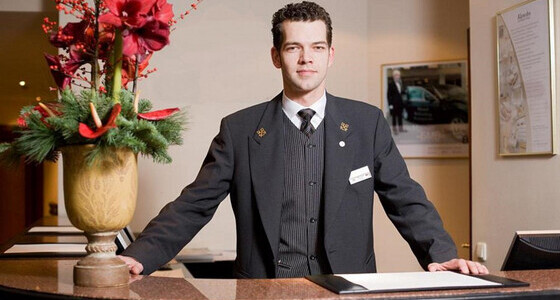When a person gets sick, getting medicine and seeing a doctor are the actions one could take to ease their pain and alleviate their illness; religion is not usually involved.
Nevertheless, throughout the history of medicine and religion, both sides are oft en partnering in providing healthcare to various individuals and communities. This article will discuss the delve into this history.
Archaeologists have found one of the first documented medical information inscribed in the Mesopotamian tablets in the Middle East. These tables contain detailed information on healthcare matters like diagnosing diseases, drug prescriptions, and supernatural spells to treat patients. There is even thorough information on some 5,000 malevolent spirits who are capable of damaging the human body.
Similar to other ancient cultures, a priest, exorcist, and physician is often one person. Another similarity between these cultures is the relationship between a person’s religious failings and their health; a sinful person will often experience failing health. This theme is noteworthy because some ancient civilizations and religions are polytheistic (like the Egyptians and the Sumerians) and monotheistic (including Zoroastrianism and Judaism).
The father of medicine – Hippocrates – was one of the foremost physicians in the ancient world, who believes that illnesses are natural and are not magical effects of evil gods or superstition. A Greek philosopher, Hippocrates, taught that factors like lifestyle and diet contribute to someone contracting a disease rather than a vengeful spirit. Although this was revolutionary thinking, many physicians taught by Hippocrates and recited the Hippocratic Oath swore to the Greek healing gods and goddesses to help them in their practice.
This theme o f appealing to divine beings for healing and protection continued with the Romans, who also have established cults of healing to specific gods. However, the rise of Christianity led to a more monotheistic bent in medicinal practice; rather than relying on appeasing the gods, Christian healers would often use the name of Jesus and heal in his name.
During the Medieval Ages, hospitals sprung up to serve the sick, the poor, and the needy. There is a stark difference between the European and Islamic healthcare centers: unlike in the West, where the medicine was prescribed and applied by monks and nuns, who operate the hospital as an extension of their monasteries and convents, Islamic hospitals were secular, often much more significant than its European count erparts (containing medical treatment centers, asylums for the mentally ill, and even retirement homes), and can be accessed by everyone, regardless of profession, age, gender, and religion.
The rise of the Enlightenment principles in Europe has led to a gradual separation between religion and medicine, with the religious teachings and involvement falling into near disuse with the rise of ideas on medical treatment and the scientific method. The spread of knowledge due to the improvement of the printing press and steam power led to the secularization of medicine, although some practices like bloodletting remained as medical knowledge remains basic.
By the 19th and 20th centuries, religion has mainly involved discussions about the morality of various me dical treatments and procedures, including euthanasia, abortion, and birth control. However, other movements that focus on spirituality and faith healing persist and grow and continue to be popular in various communities by the turn of the 21st century.
Nowadays, many physicians see the value of religious practices in providing a coping mechanism for patients as they underwent healthcare procedures. Although they remain separated, religion and medicine continue to have an impact on healthcare across the world.




